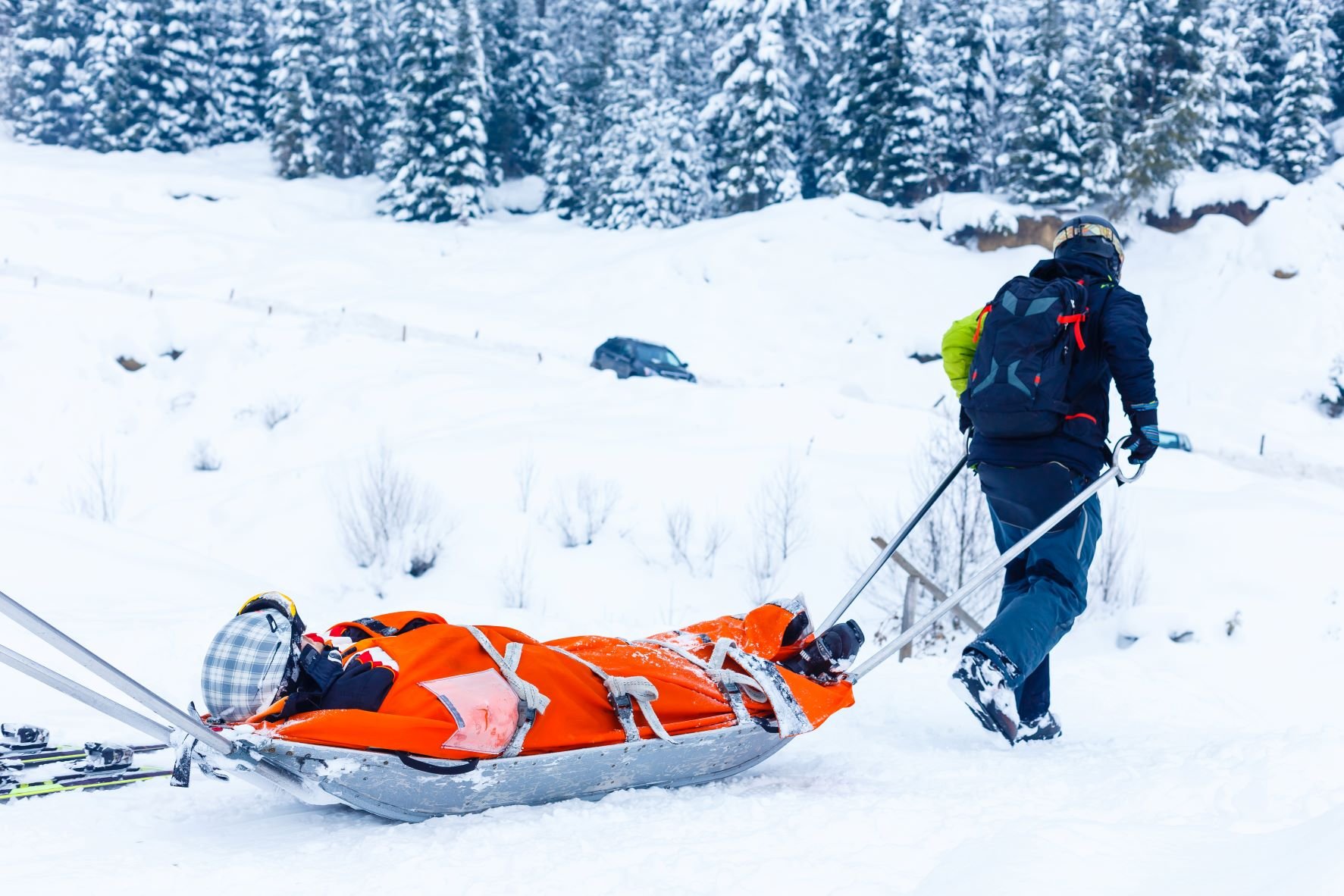What Is a Boot Top Fracture?
Early season powder days throughout our mountain communities have been a welcome surprise to locals and visitors alike.
As more skiers head to the slopes, Dr. Elton, a renowned foot and ankle surgeon at Vail-Summit Orthopaedics & Neurosurgery, starts to see an uptick in ski-related injuries, one of those being boot top fractures.
A boot top fracture is one of the more severe ski injuries, occurring when the two bones in the lower leg break at the very top of the ski boot. Here we’ll take a closer look at how this fracture occurs, plus the most common treatment options.
How Do Boot Top Fractures Happen?
A boot top fracture occurs when the fibula (calf bone) and tibia (shinbone) break together above the top of a ski boot. These two bones can break independently, but because they’re so close to each other, it’s more common for both to feel the brunt of an impact.
Although there have been advances in ski boot and binding technology, the top of the stiff boot still puts the tibia and fibula in a vulnerable position when force is applied.
Most boot top fractures occur due to a sudden twisting fall or collision with another skier or tree and often result in a spiral fracture, which means the fracture line wraps around your bone.
What Are the Symptoms of a Boot Top Fracture?
The tibia, the larger of the two bones, has the vital role of supporting most of your weight. When fractured, it will likely be apparent that something is wrong. Symptoms may include:
Pain around the site of the fracture
Inability to walk or bear weight
Swelling or bruising in the lower leg
Bone pushing up against or protruding through the skin
Numbness in your foot
If you experience symptoms of a boot top fracture, don’t try to remove your ski boot. It will act as a splint until an orthopaedic surgeon can evaluate the injury and safely remove the boot.
How Is a Boot Top Fracture Treated?
Due to the complexity and severity of this type of fracture, surgery is almost always necessary. Dr. Elton will use rods, screws, or plates to realign and stabilize the bones, allowing the fracture to heal correctly.
Following surgery, physical therapy will be an essential part of your recovery to improve balance and flexibility, strengthen muscles, and restore full function to the injured leg.
Most people can return to their favorite sports or activities within six to 12 months.
Expert Treatment for Boot Top Fractures in Vail, Colorado
If you experience a lower leg or ankle injury on the slopes, contact Dr. Elton and his team at Vail-Summit Orthopaedics & Neurosurgery today.
Known for his expertise and compassion, and for providing the highest quality of orthopaedic care, Dr. Elton will be with you from day one of your injury to the moment you return to the activities you love most.
Call (970) 476-7220 for urgent care or same-day appointments. If you have questions or would like to schedule a non-urgent consultation, contact Team Elton using their online form.


